The PMO8 radiometer system measures direct normal incidence solar irradiance in absolute units [W/m²] covering the full spectral range. Introduced in 2020, the system consists of the Fliana sensor unit and the Linard control unit. The PMO8 serves as a calibration reference for solar radiation sensors (pyrheliometers and pyranometers) and ensures traceability to the World Radiometric Reference (WRR).
Designed for high precision and long-term stability, the PMO8 radiometer brings the user experience to a new level.
Like its predecessor, the PMO6, the PMO8 is an absolute pyrheliometer and meets the requirements of a primary standard as defined in the WMO-CIMO Guide.
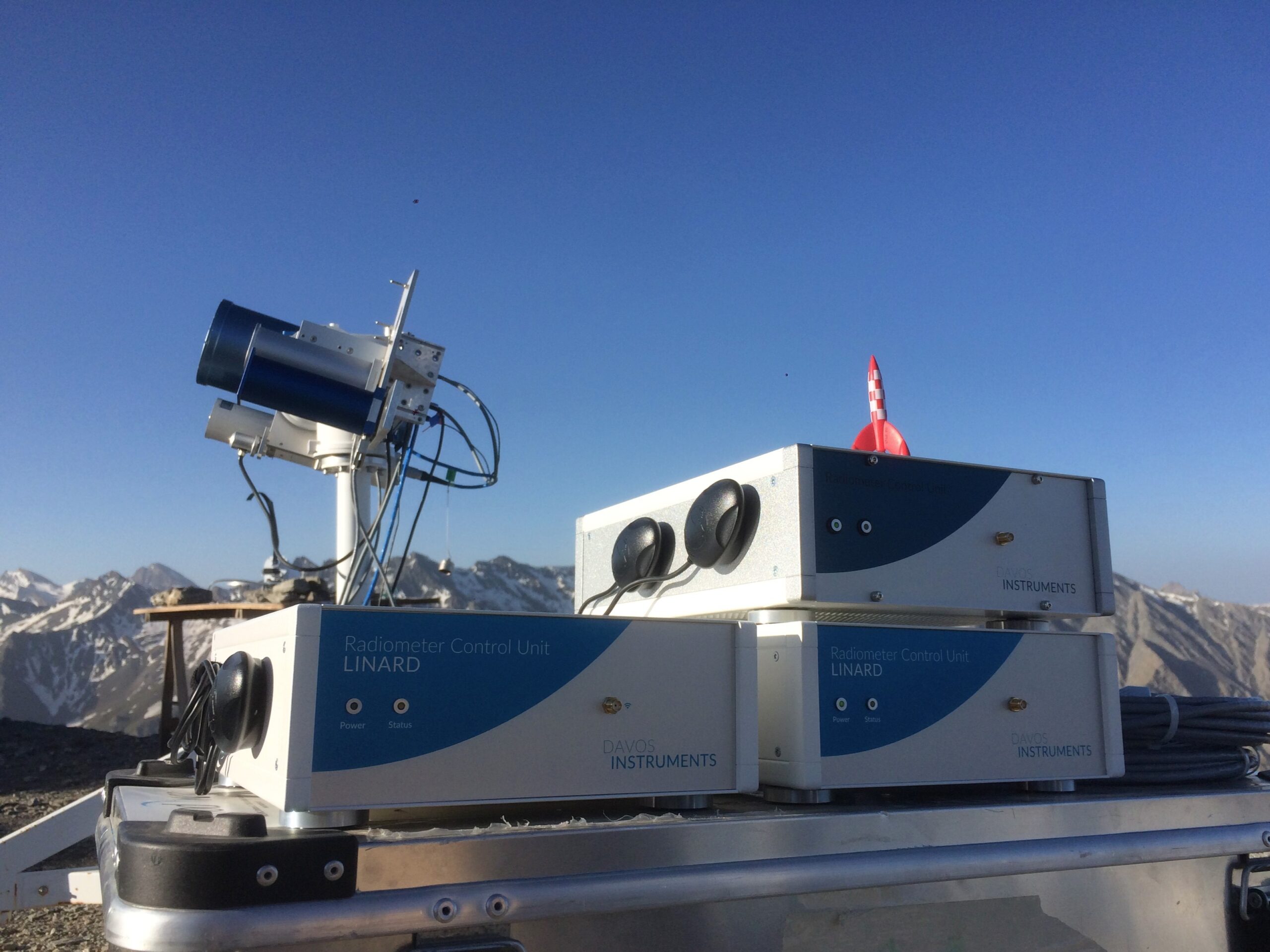
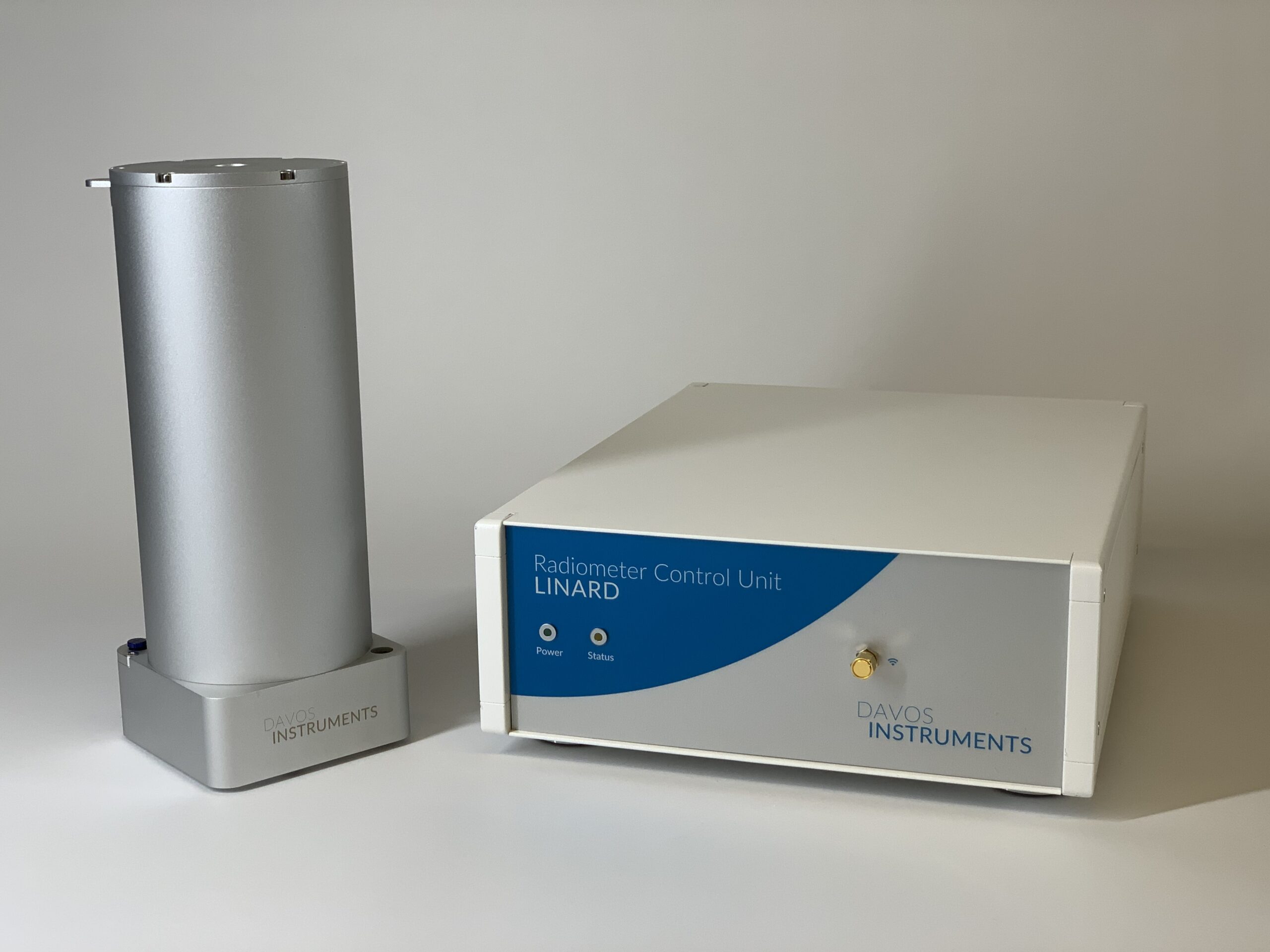
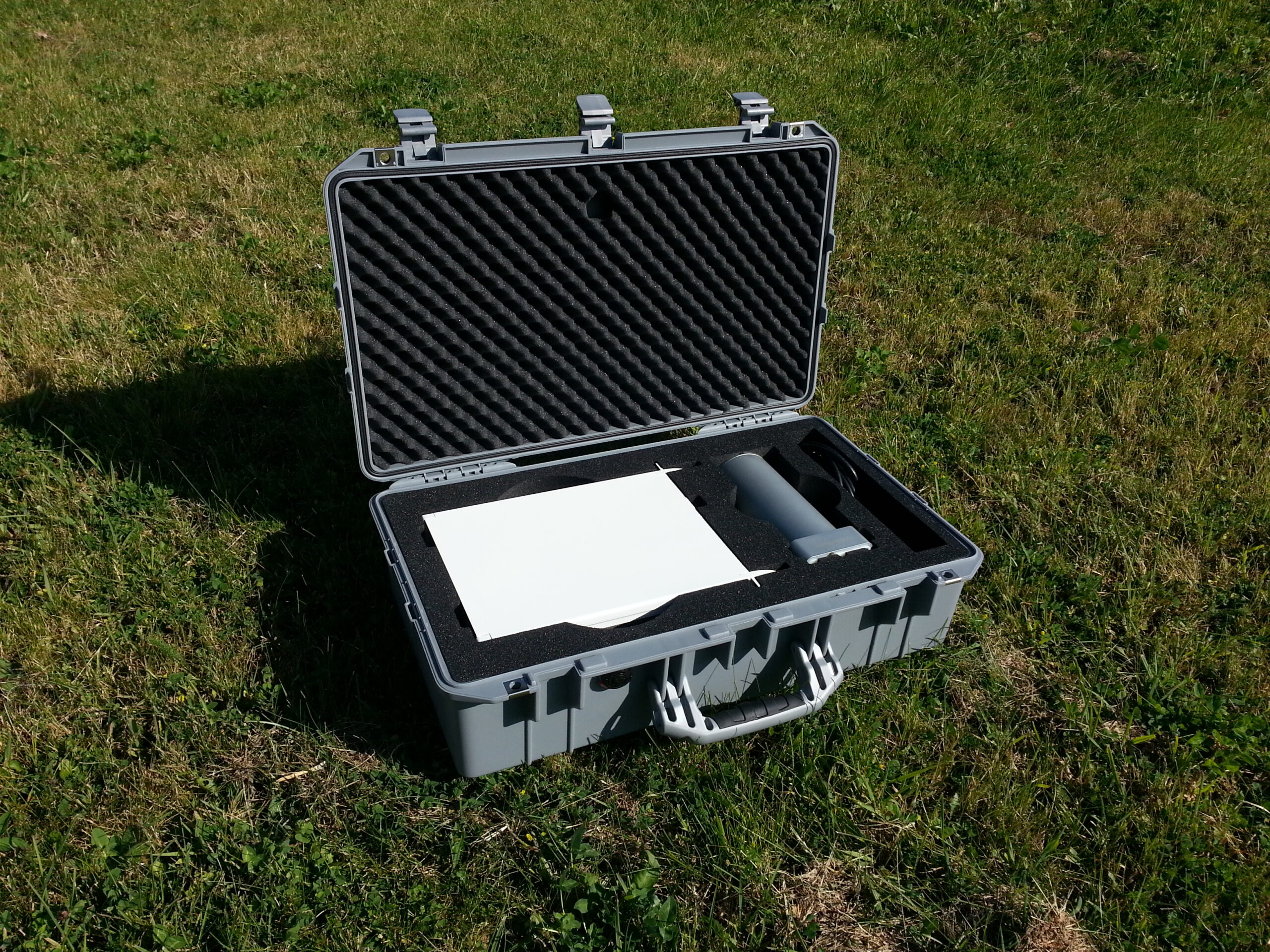
The Linard control unit handles measurement tasks such as cavity balancing and shutter control, and acquires and stores the detector power signal. Furthermore, it evaluates the raw data and provides irradiance values and quality flags. The Linard control unit features a web server and can be easily accessed via a web browser application. This allows you to plan your measurements, adapt your system settings, visualise your data and download it. The control unit can be connected via Ethernet and embedded in a network, and has some limited WLAN features. The Linard control unit is available as a tabletop model or a rack-mounting model. The Linard control unit is named after the 3,410-metre-high Piz Linard peak in the nearby Silvretta region.
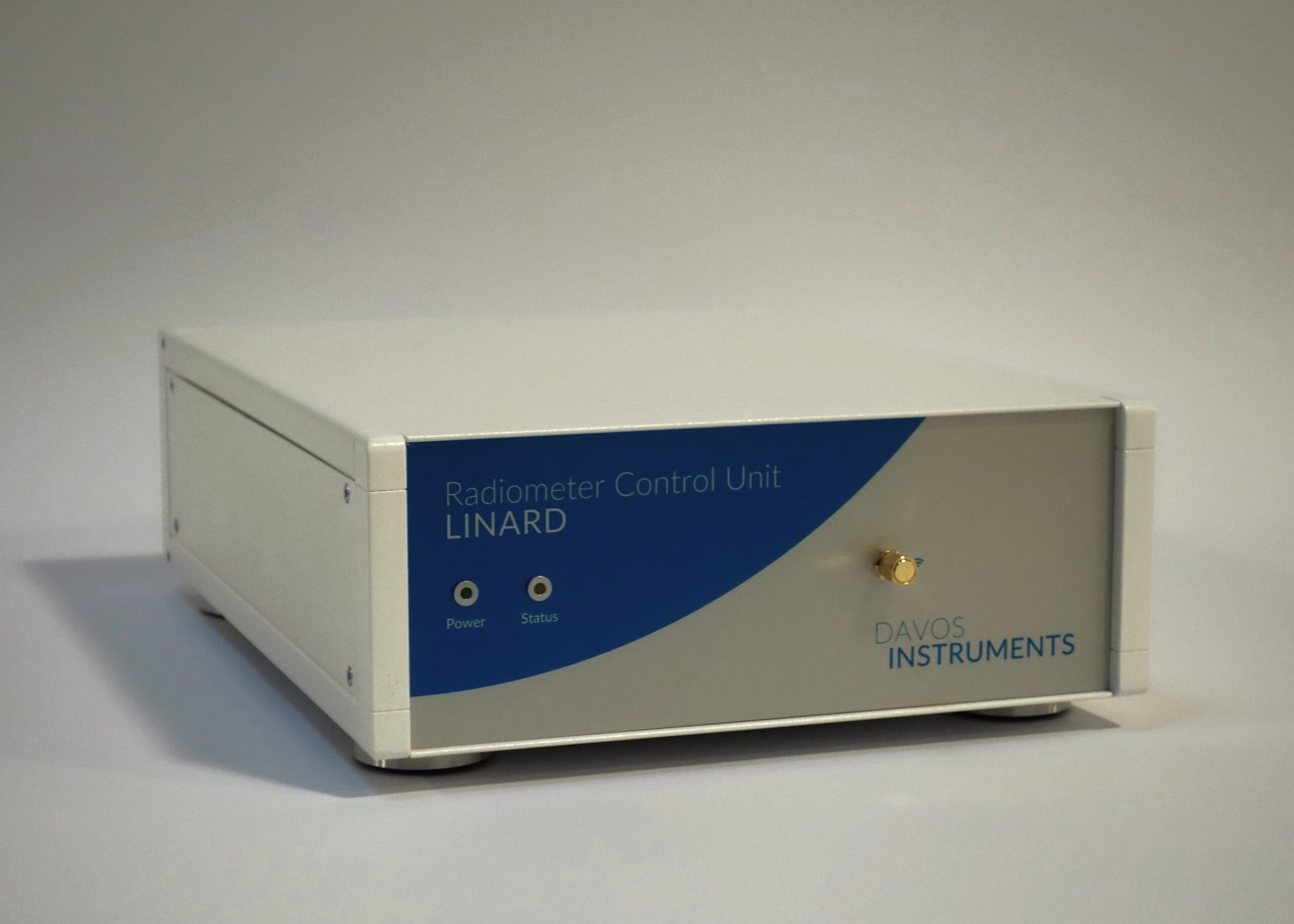
At the heart of the Fliana sensor unit are the sun-facing, carbon nanotube-coated active receiver and the electrically heated reference receiver in the dark. A view-limiting optic with two apertures and stray-light baffles is located in front of the active receiver to ensure the correct field of view. The Fliana sensor unit needs to be aligned towards the sun and is therefore typically mounted on a sun tracker. The Fliana sensor is named after the 3,281-metre-high Piz Fliana mountain.
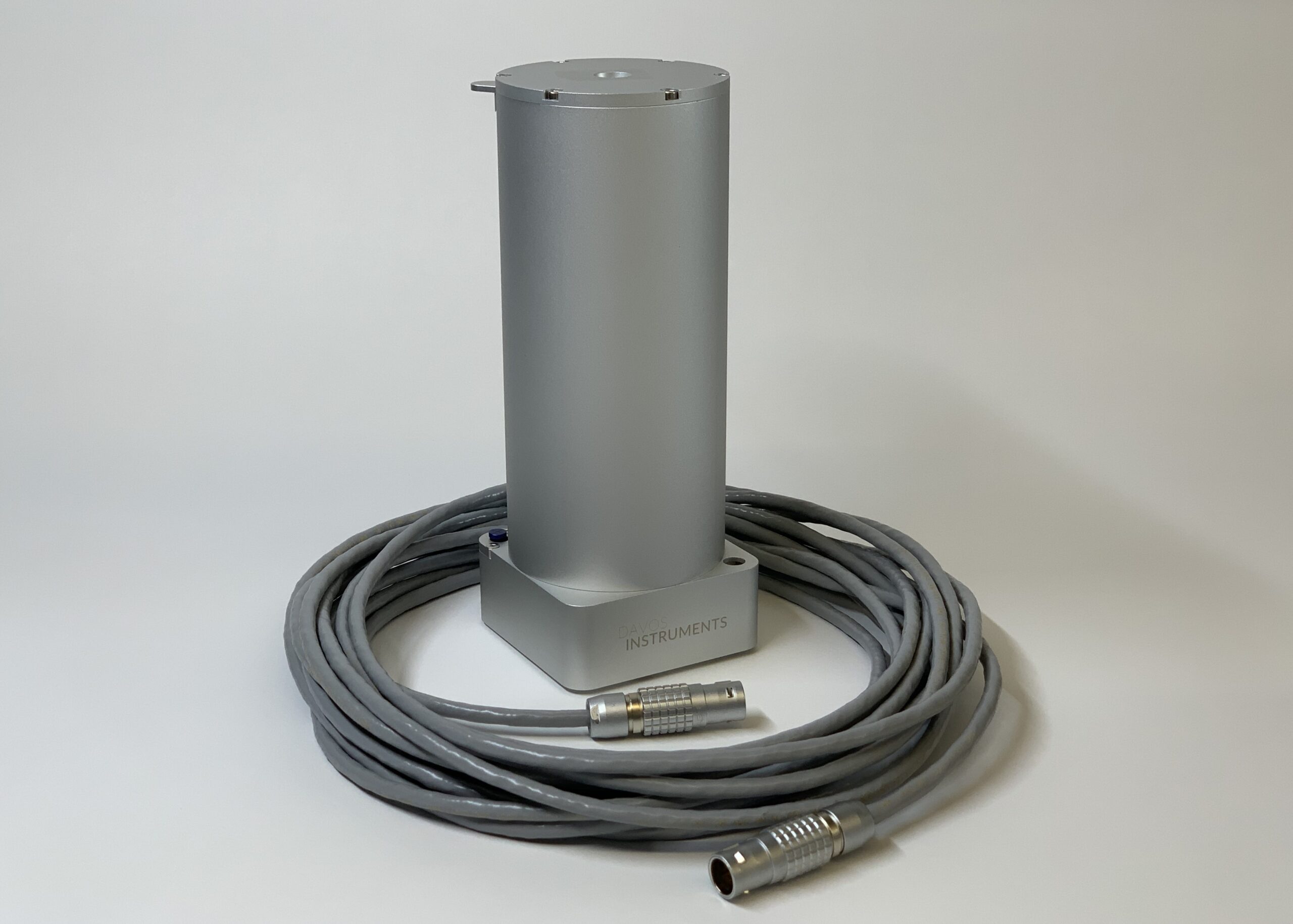
The PMO8 is an electrical substitution radiometer, meaning the measurement principle is based on the substitution of solar radiant power with electrical power.
The Fliana sensor unit features two identical receivers: A reference receiver (in the dark), which is heated with a constant supply of electrical power, and an active receiver, which is also electrically heated so that the heat flux from both detectors to the common heat sink is equal. When the active detector is exposed to solar radiation, the amount of electrical power required to maintain thermal equilibrium decreases by the amount of radiant power present.
Consequently, the radiant power can be easily measured as the difference in electrical power. Having two detectors makes the setup very robust against environmental influences.
The PMO8 system is calibrated against the World Radiometric Reference (WRR) at the PMOD/WRC in Davos, Switzerland. This ensures the highest level of traceability to the standard. The PMO8 comes with a calibration certificate from PMOD/WRC.
To maintain this traceability, we recommend regular validation and participation in either the International Pyrheliometer Comparison (IPC) or a regional pyrheliometer comparison every five years.
Davos Instruments offers a mounting adaptor to complement the PMO8 system, enabling up to two Fliana sensors to be mounted to a sun tracker. The adaptor is designed to fit the STR-22G tracker (EKO Instruments), the INTRA tracker (OWEL) and the Solys2 tracker (Kipp & Zonen).
For other tracker models, please enquire.
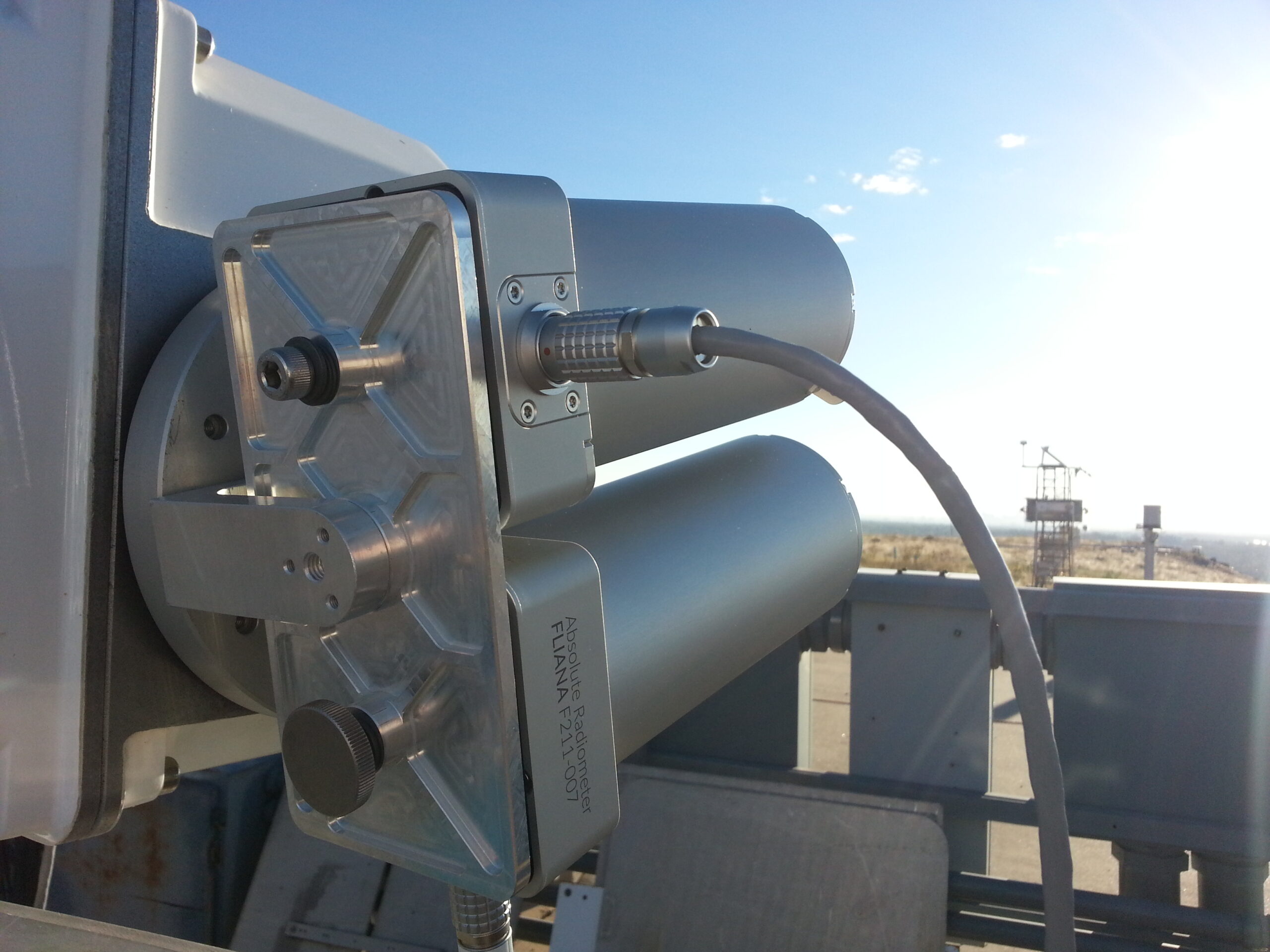
The ISO 9060 standard classifies pyrheliometers and pyranometers. The 2018 version introduced a new class of pyrheliometers, the AA class. The classes are defined using criteria such as long-term stability, temperature dependence and spectral error. For the AA class, the maximum permissible deviation for each criterion is 100 ppm. These criteria require a whole new level of precision.
Traditional cavity radiometers, such as the Hickey-Frieden radiometer (HF/AHF) from Eppley or the PMO6 from PMOD/WRC, do not fall into this class. For further details, see the article on diffraction effects.
The PMO8 system does not currently comply with the AA class requirements of ISO 9060:2018. While it sets a high standard in terms of specifications and performance, it is not designed to meet AA class criteria. Instead, it is intended to replace traditional cavity radiometers such as the PMO6 and HF/AHF series, serving as a reference instrument for solar radiation measurements.
Although all pyrheliometers experience wavelength-dependent diffraction effects, the absence of AA class compliance in the PMO8 system does not result in significantly higher uncertainty when calibrating field instruments, compared to a hypothetical AA class system.
Davos Instruments is working on further improvements to solar radiometry to make instruments more accurate and reliable. However, the AA class is not currently the primary goal of further developments, but rather a long-term objective. We have developed a model for adaptive diffraction correction, which is a prerequisite, and are working on precisely determining the class criteria, which presents its own challenges. Once these parameters can be accurately measured experimentally, they can be corrected, and the AA class can potentially be realised.
As an absolute radiometer, the PMO8 has its own native scale that is, by definition, traceable to the SI base units and independent of the World Radiometric Reference (WRR).
As solar irradiance measurements should be traceable to the WRR, the SI standard for solar irradiance, the PMO8 is always calibrated against the WRR and is therefore WRR-traceable. Its measurements represent the WRR standard, not its native scale.
Since the WRR standard is artefact-based, there is a slight discrepancy between the WRR and the SI base units. Several publications have estimated this difference to be around 0.3%. The PMO8’s native scale is consistent with these findings; however, its uncertainty is around 0.1%.